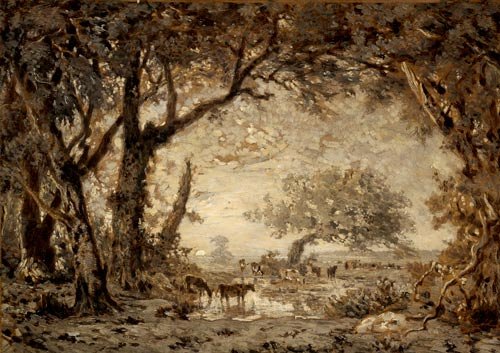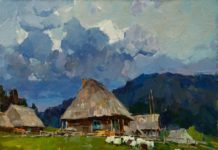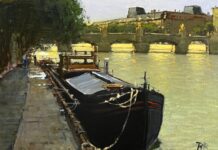The Morgan Library & Museum, in New York City, is showing 60 pieces by Théodore Rousseau, a leader of the Barbizon School of art, in a major retrospective on view through January 18.
The Barbizon School is a key link in the history of plein air painting. It refers to a group of painters who gathered at the Forest of Fontainebleau to pursue realistic depictions of nature, partially inspired by the work of John Constable. Barbizon is a town near the forest.
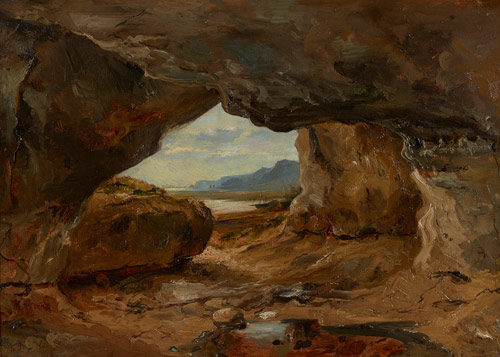
“Grotto Under the Cliffs, Near Port-en-Bessin,” by Théodore Rousseau, 1831, oil on paper, mounted on canvas. Private collection
Rousseau and Jean-François Millet are considered the leaders of the Barbizon School, with Jean-Baptiste-Camille Corot and Charles-François Daubigny being two other notable artists associated with the group. Their matter-of-fact presentation of everyday life in the countryside would influence the Impressionists, as would their interest in plein air painting.
The Morgan show focuses on Rousseau’s early oil sketches and his finished drawings. A press release on the exhibition cites the show as being “both appealing and instructive.”
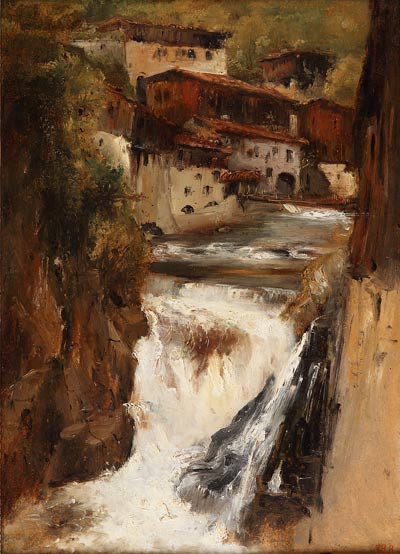
“Waterfall in Thiers,” by Théodore Rousseau, 1830, oil on paper, mounted on canvas. Private collection
For more information on “The Untamed Landscape,” visit the Morgan Library & Museum’s page on the exhibition.
Additional coverage of “The Untamed Landscape” will appear in the print edition of PleinAir magazine.

